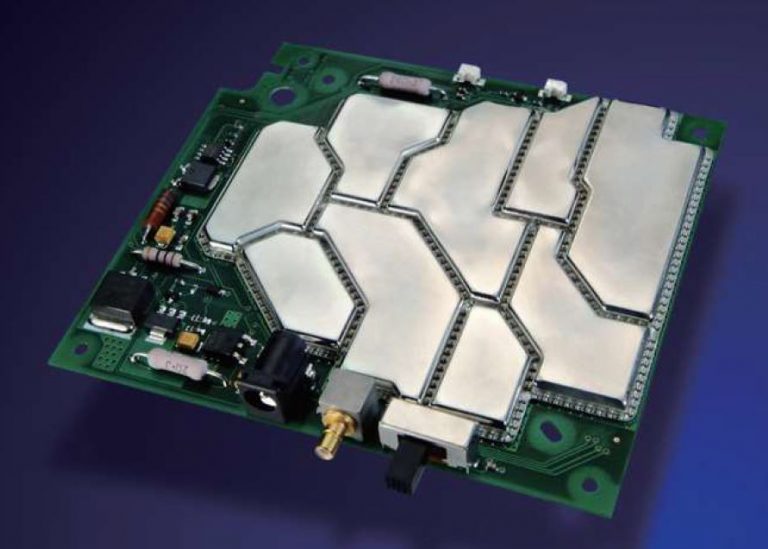
It may take several trials depending on the capabilities and necessary adjustments to the soldering machine. Regardless of the type of reflow oven or furnace used, air or Nitrogen convection, inline conveyor or batch system, settings that are programmed in the machine should yield a desired temperature curve as measured with the external thermocouples mounted directly to the circuit board. We will not discuss the details in this article and will address the specifics in another blog. There are several industry accepted methods for thermocouple attachment and include using epoxy, high temperature solder, and Kapton tape. At the very least, one thermocouple should be mounted to the pad of a light mass part like a resistor or capacitor, another thermocouple to the location of a heavy part like an IC, and another to a part that would be connected to the ground plane (i.e. Once parameters for a profile are established, the circuit board used for profile development needs to be wired with external thermocouples to measure temperature as the assembly is subjected to the heating cycle inside a reflow oven. Think of part manufacturer profiles as maximum temperature extremes that the component can withstand, not necessarily ideal for best solder joint wetting and quality.

There may be dozens of fine pitch ICs on the assembly, all from different sources, so unless a part has temperature limitations and is rated to peak temperature below the standard JEDEC J-STD-020 guidelines, it should not be the driving factor when creating a profile for the whole PCB. The component manufacturer may have their own profile but generally speaking it is not a good reference for how the overall temperature curve should look like. So a lighter board may be profiled to peak at the higher temperature (i.e 245 Celsius) while a larger and heavier board will typically peak at the low end of the temperature scale (i.e. Additionally, a smaller low thermal mass PCB will be easier to profile and conform to the setpoints and limits on the profile graph when compared to a large multilayer panel with a heavy ground plane and much heavier overall thermal mass. The manufacturers do not know specific nuances of an end user PCB design and if there are heat sensitive components with temperature restrictions. It is important to note that the profile is only a recommendation and a general guideline. The go to profile to use should be the one from the solder paste / preform manufacturer. Figure 1: Typical SAC 305 Reflow Profile Figure 2: Typical JEDEC J-STD-020 profile used by component manufacturers Example reflow profile is shown in Figure 2. A component manufacturer will typically base their recommended profile on JEDEC J-STD-020 testing which tests the part for survivability when subjected to reflow temperatures. Below in Figure 1 is an example of an Alpha OM-353 / SAC 305 Lead Free profile graph.

The solder paste manufacturer will base the profile on the specific alloy and type of flux. The most common are solder paste and component manufacturers. There are several sources for how a reflow profile graph should look like. This is by far the most common mistake most technicians make in starting the process of profile development. In terms of Printed Circuit Board (PCB) assembly or RF and microwave housing assembly, a reflow profile refers to a heating cycle as measured on the product, not the air temperature settings for a reflow oven. These settings allow the product that is being soldered to be subjected to a heating state that will melt the solder paste or solder preforms and thereby create a metallurgical joint between the SMD components and a substrate. A reflow profile is essentially a heating cycle or recipe that follows specific temperature ramp up rates, soaking and peak temperature setpoints, set times at temperature, and cooling rates in a soldering machine ( reflow oven or reflow furnace). Before going into the details of how to create a reflow profile, it is important to establish what a profile is and some key functions behind it.


 0 kommentar(er)
0 kommentar(er)
